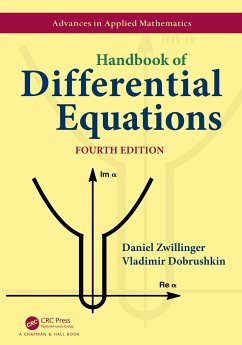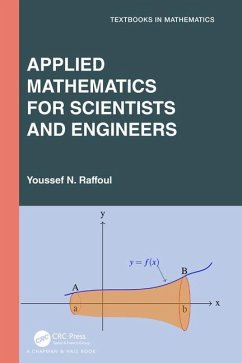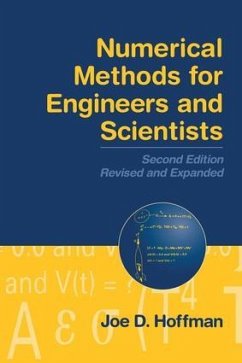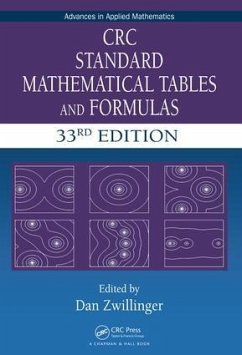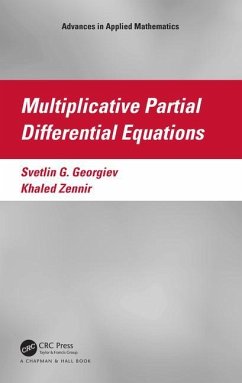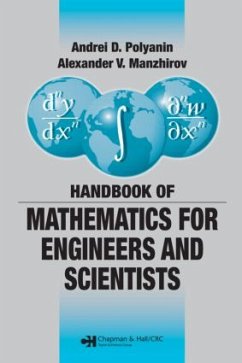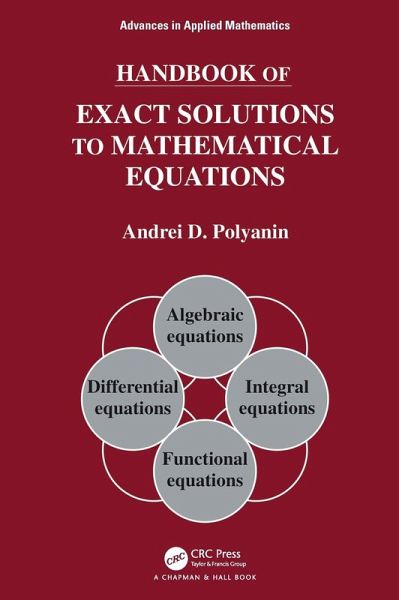
Handbook of Exact Solutions to Mathematical Equations
Versandkostenfrei!
Versandfertig in 6-10 Tagen
129,99 €
inkl. MwSt.
Weitere Ausgaben:

PAYBACK Punkte
65 °P sammeln!
This reference book describes the exact solutions of the following types of mathematical equations:Algebraic and Transcendental Equations Ordinary Differential Equations Systems of Ordinary Differential Equations First-Order Partial Differential Equations Linear Equations and Problems of Mathematical Physics Nonlinear Equations of Mathematical Physics Systems of Partial Differential Equations Integral Equations Difference and Functional Equations Ordinary Functional Differential Equations Partial Functional Differential EquationsThe book delves into equations that find practical appl...
This reference book describes the exact solutions of the following types of mathematical equations:
Algebraic and Transcendental Equations
Ordinary Differential Equations
Systems of Ordinary Differential Equations
First-Order Partial Differential Equations
Linear Equations and Problems of Mathematical Physics
Nonlinear Equations of Mathematical Physics
Systems of Partial Differential Equations
Integral Equations
Difference and Functional Equations
Ordinary Functional Differential Equations
Partial Functional Differential Equations
The book delves into equations that find practical applications in a wide array of natural and engineering sciences, including the theory of heat and mass transfer, wave theory, hydrodynamics, gas dynamics, combustion theory, elasticity theory, general mechanics, theoretical physics, nonlinear optics, biology, chemical engineering sciences, ecology, and more. Most of these equations are of a reasonably general form and dependent on free parameters or arbitrary functions.
The Handbook of Exact Solutions to Mathematical Equations generally has no analogs in world literature and contains a vast amount of new material. The exact solutions given in the book, being rigorous mathematical standards, can be used as test problems to assess the accuracy and verify the adequacy of various numerical and approximate analytical methods for solving mathematical equations, as well as to check and compare the effectiveness of exact analytical methods.
Algebraic and Transcendental Equations
Ordinary Differential Equations
Systems of Ordinary Differential Equations
First-Order Partial Differential Equations
Linear Equations and Problems of Mathematical Physics
Nonlinear Equations of Mathematical Physics
Systems of Partial Differential Equations
Integral Equations
Difference and Functional Equations
Ordinary Functional Differential Equations
Partial Functional Differential Equations
The book delves into equations that find practical applications in a wide array of natural and engineering sciences, including the theory of heat and mass transfer, wave theory, hydrodynamics, gas dynamics, combustion theory, elasticity theory, general mechanics, theoretical physics, nonlinear optics, biology, chemical engineering sciences, ecology, and more. Most of these equations are of a reasonably general form and dependent on free parameters or arbitrary functions.
The Handbook of Exact Solutions to Mathematical Equations generally has no analogs in world literature and contains a vast amount of new material. The exact solutions given in the book, being rigorous mathematical standards, can be used as test problems to assess the accuracy and verify the adequacy of various numerical and approximate analytical methods for solving mathematical equations, as well as to check and compare the effectiveness of exact analytical methods.







